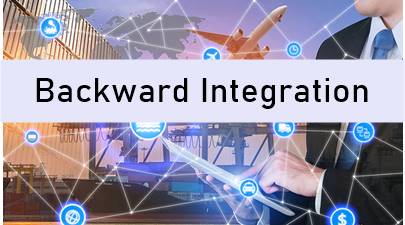
Table of Contents
Economic Integration
What is the Economic Integration?
The Economic integration definition can be referred to as the specific type of arrangement amongst various nations. The given arrangement is typically known to include the elimination or reduction of the respective trade barriers along with the coordination of fiscal and monetary policies. Economic integration is aimed at reducing the overall costs for both the producers and the sellers while increasing the overall trades between the involved countries in the given agreement.

Economic integration is sometimes known as regional integration. This is because it is mostly known to occur amongst neighbouring nations.
Economic Integration Definition Explained
As regional economies tend to agree on economic integration, trade barriers are known to fall with the overall increase in political and economic coordination.
Specialists in the given area are known to define as many as 7 stages of economic integration. These are:
- Free trade area
- Preferential trading area
- Common Market
- Customs union
- Economic & monetary union
- Economic union
- Economic integration
The final stage is known to represent a total harmonization of the respective fiscal policy along with end-to-end monetary union.
Talk to our investment specialist
Benefits of Economic Integration
As far as the overall benefits of economic integrations are concerned, these are divided into three broad categories:
- Political cooperation
- Employment
- Trade benefits
Economic integration is known to typically lead to the overall reduction in the trade’s costs. At the same time, it also helps in ensuring improved availability of products & services while leading to gain Efficiency and increasing purchasing power.
Employment opportunities are also known to improve. This is because the process of trade liberalization helps in leading to market expansion along with increased cross-border investments and technology sharing.
Political cooperation amongst nations is also known to improve significantly because of stronger economic ties. This serves to be an incentive for resolving conflicts peacefully while leading to improved stability.
Costs of Economic Integration
Economic integration delivers greater benefits, but it also comes with a cost. The costs are known to fall in two major categories:
National Sovereignty and Its Erosion
Members belonging to economic unions are typically required to follow the respective rules of trading and executing fiscal and monetary policies that are set by some unelected external body for policymaking.
Division of Trade
Trade can be divided or transferred from the non-members to the respective members –even when it might be detrimental economically for the respective member state.
As policymakers and economists believe that economic integration leads to major benefits, there are several institutions out there that attempt at measuring the overall degree of economic integration across regions and countries. The methodology for the measurement of economic integration is known to typically involve various economic indicators including – labor migration, trade in products & services, Capital flows across borders, and so more. The assessment of economic integration is also known to include measures related to institutional conformity.
All efforts have been made to ensure the information provided here is accurate. However, no guarantees are made regarding correctness of data. Please verify with scheme information document before making any investment.













Education